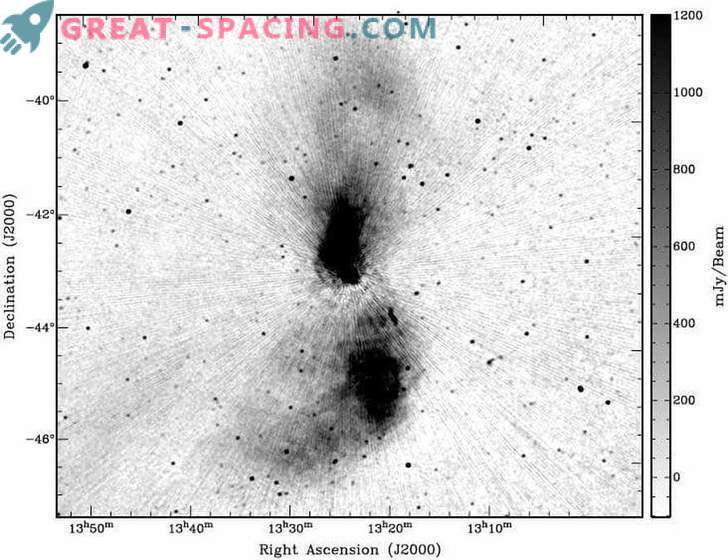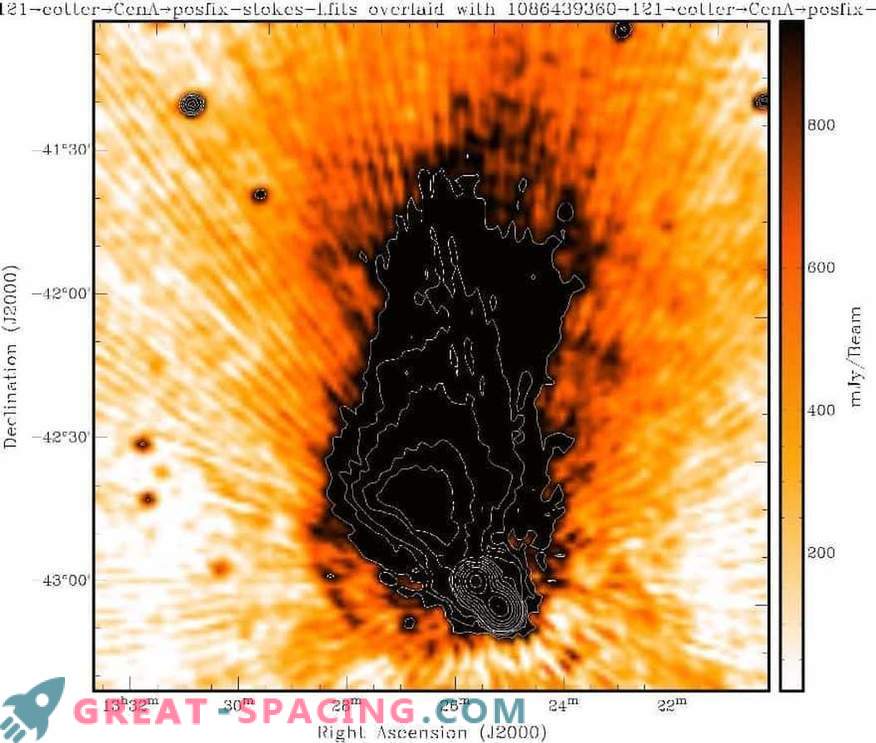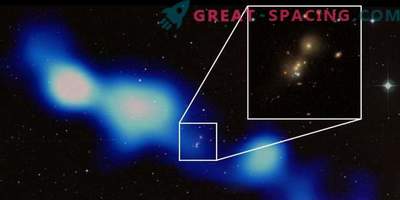
Scientists used two Australian radio telescopes and several optical telescopes to study the complex mechanisms that control the jets of explosive substances in a black hole, 55 million times the solar mass. The focus was the radio galaxy Centaurus A.
It is located closest to Earth and is considered the ideal space laboratory for studying the physical processes responsible for the movement of material and energy from the galactic core.
Centaurus A is 12 million light-years distant and often considered not only by professionals, but also by amateur astronomers. It is so huge and close that it is difficult for telescopes to cover the entire field, because they display only a small part of the sky.
To remedy the situation, the Marchison Broadband Massif (MWA) and the Parks Observatory were used. MWA is known for its sensitivity, which will display details.
Go
The giant radio galaxy Centaurus A from ICRAR on Vimeo.
Because of its proximity, Centaurus A is the best space laboratory to study the physical processes that affect the transport of material and energy from the galactic core. It is distant by 12 million light years and is often observed by amateur astronomers The MWA is a low-frequency radio telescope at the Marchison radio astronomy observatory in Western Australia. This is a 64-meter instrument with the nickname “Dish”. Also involved the Magellan telescope (Chile) and the Terra Observatory (Canberra).

Centaurus A in MWA observation at 154 MHz
If you understand what is happening in Centaurus A, then you can use this knowledge in theories and simulations of the development of galaxies. The review was able to find evidence of the presence of the galactic wind - a high-speed stream of particles moving away from the galactic core.
When comparing radio and optical observations, researchers realized that the stars in Centaurus A existed far beyond this territory. Perhaps they were influenced by galactic winds and jets.

Close-up of Centaurus A and the location of a black hole that exceeds the solar scale 55 million times











































